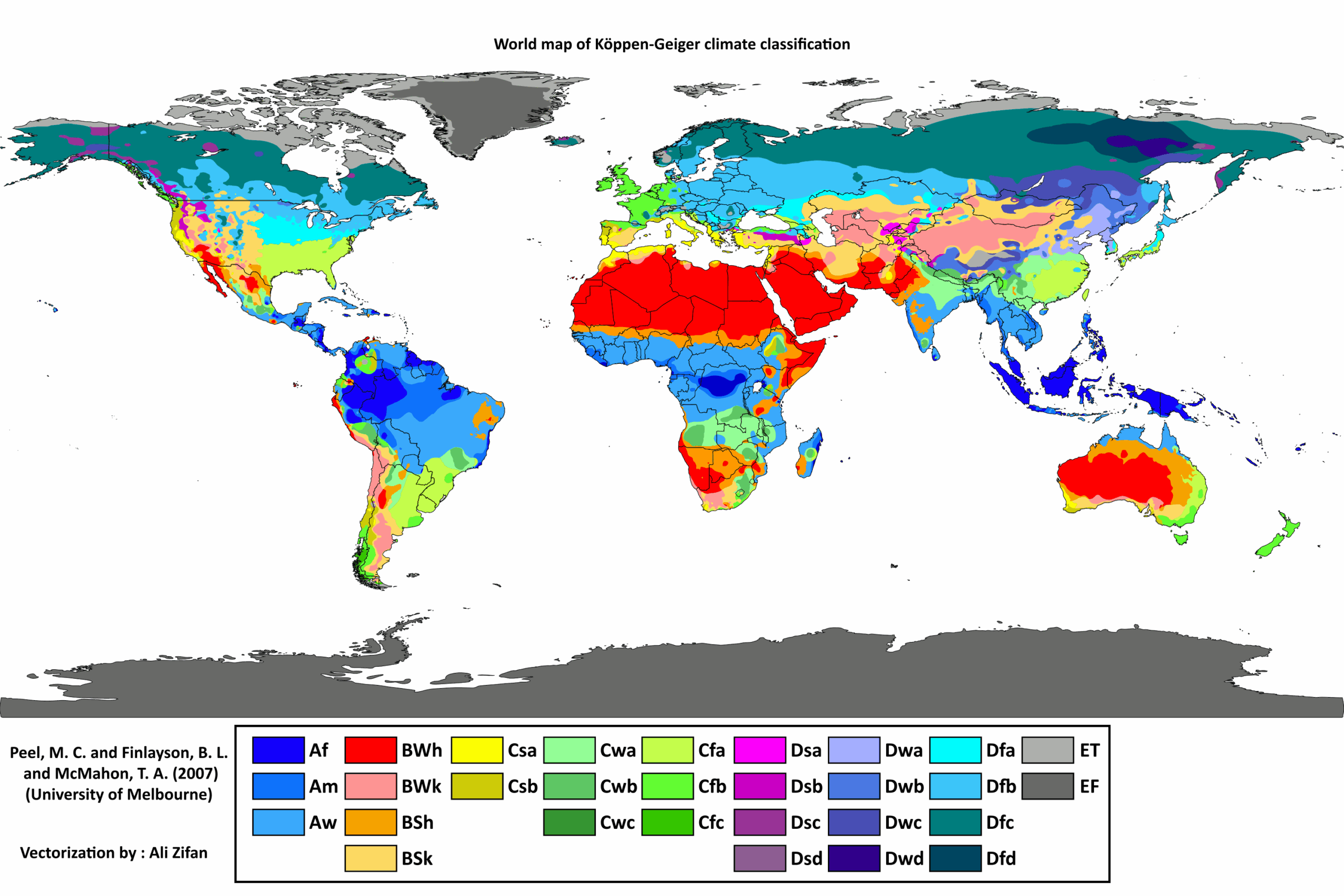In the age of climate fluctuation, the resonance of human activity is felt differently across the globe. An intriguing comparison emerges when examining climate records in two cities that could not be more dissimilar: Prague and Philadelphia. While both urban centers face the ramifications of global warming, it is Prague that recently garnered attention for breaking records, underscoring an unsettling reality about the variability of climate change’s effects.
Prague, a city steeped in history and architectural grandeur, has unveiled its own climatic paradox. Nestled in the heart of Europe, it boasts a temperate oceanic climate, yet recent data reveal a dissonance between historical averages and current conditions. The year 2023 marked a phenomenological shift, as temperatures soared unprecedentedly, challenging long-held climatic norms. This alteration serves not merely as a statistical anomaly but as a bellwether for the broader implications of climate change.
In juxtaposition, Philadelphia, with its humid subtropical climate and distinct urban heat island effect, has grappled with rising temperatures for decades. The annual sweltering peaks in summer have become an uncomfortable certainty. Nonetheless, the records shattered in Prague illustrate a different facet of climate change: the speed at which patterns can diverge across even short distances. This dichotomy highlights the region-specific variances that characterize our warming world.
The nature of climate records is akin to a storybook. Each page tells a tale of atmospheric conditions, each chapter delineates a changing narrative woven through with the threads of human influence. The recent climatic evolution in Prague is that striking chapter, a poignant reminder that meteorological tales do not unfold uniformly. As temperatures deviate from the historical norm, it becomes clear that repercussions extend beyond mere discomfort; they ripple into the very fabric of ecological equilibrium.
In Prague, the break in temperature records presents a striking visual metaphor. Imagine a tightly strung bow that is drawn back, each degree of temperature increase representing a tension that threatens to snap. The consequences of such a release are profound, reverberating through biodiversity, water resources, and urban habitats. As the bowstring twangs, the impact is felt acutely by flora and fauna alike, with shifts in migration patterns and growing seasons coming to the forefront.
The pivotal question then arises: why does the climate manifest such stark discrepancies in different locales? The geographical and historical context of each city plays a considerably significant role. Prague’s unique topography, with its rivers, valleys, and historical architecture forged over centuries, interacts with climatic forces in unexpected ways. The urban morphology of Prague, characterized by its quaint streets and centuries-old buildings, creates localized weather patterns that can amplify extremes—a phenomenon perhaps less detectable in Philadelphia’s sprawling urban expanse.
Furthermore, the ingrained cultural practices and urban planning decisions within these cities shape not only the livability of their environments but also the implications of climate change. In places like Prague, where traditional architecture prioritizes natural ventilation and thermal mass, structural responses to climate variability acquire a historical context. These time-honored designs offer lessons in resilience that modern cities like Philadelphia, with their concrete jungles and reliance on technology, may find increasingly challenging to adapt.
One might liken the relationship between climate change and urban planning to a dance—a delicate waltz where one misstep can lead to disaster. In this dance, decisions made today will echo for generations, making foresight and adaptability paramount. For instance, in the face of increasingly erratic weather systems, cities must navigate the complex choreography of mitigating flood risk, enhancing green spaces, and cultivating a sustainable ethos amongst citizenry.
The tumultuous climate interplay in Prague juxtaposed against Philadelphia also invites consideration of the socio-economic dimensions that accompany environmental change. Inherent inequalities manifest, as communities with fewer resources often bear the brunt of climate impacts, amplifying vulnerabilities. As such, the records broken in one city relative to another invite a broader dialogue about equity, access, and rights amidst a backdrop of escalating environmental uncertainty. The implications stretch far beyond the confines of temperature; they permeate into the realms of social justice and collective responsibility.
Looking forward, the lessons gleaned from Prague’s record-breaking temperatures serve as a clarion call. The call resonates across continents and demographics, urging collective awareness and action. It urges the recognition that climate change is not a distant phenomenon; it is unfolding now, carving the contours of cities and reshaping ecosystems in real-time. The tapestry of climate change is intricate and ever-evolving, demanding an interdisciplinary approach that integrates climate science, urban planning, and social equity.
In summation, the climate narratives emerging from Prague starkly highlight the unpredictability of our warming world. As we navigate the complexities of climate change, understanding the localized impacts and urban responses becomes imperative. The narrative is not solely about breaking records; it is about rethinking our relationship with the environment and each other. The juxtaposition between Prague and Philadelphia exemplifies how climate change manifests intricately and variably, pressing us to adapt our strategies, policies, and perspectives. In this grand narrative of environmental change, every city tells its unique story—one that speaks of both challenge and opportunity.












